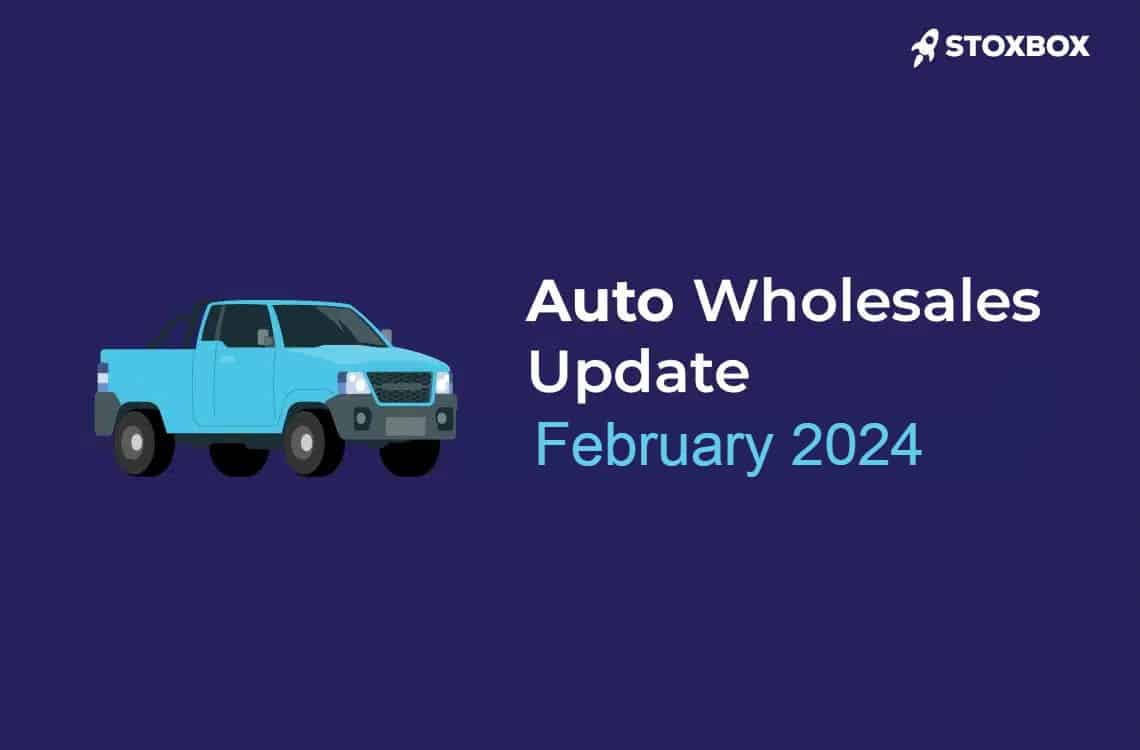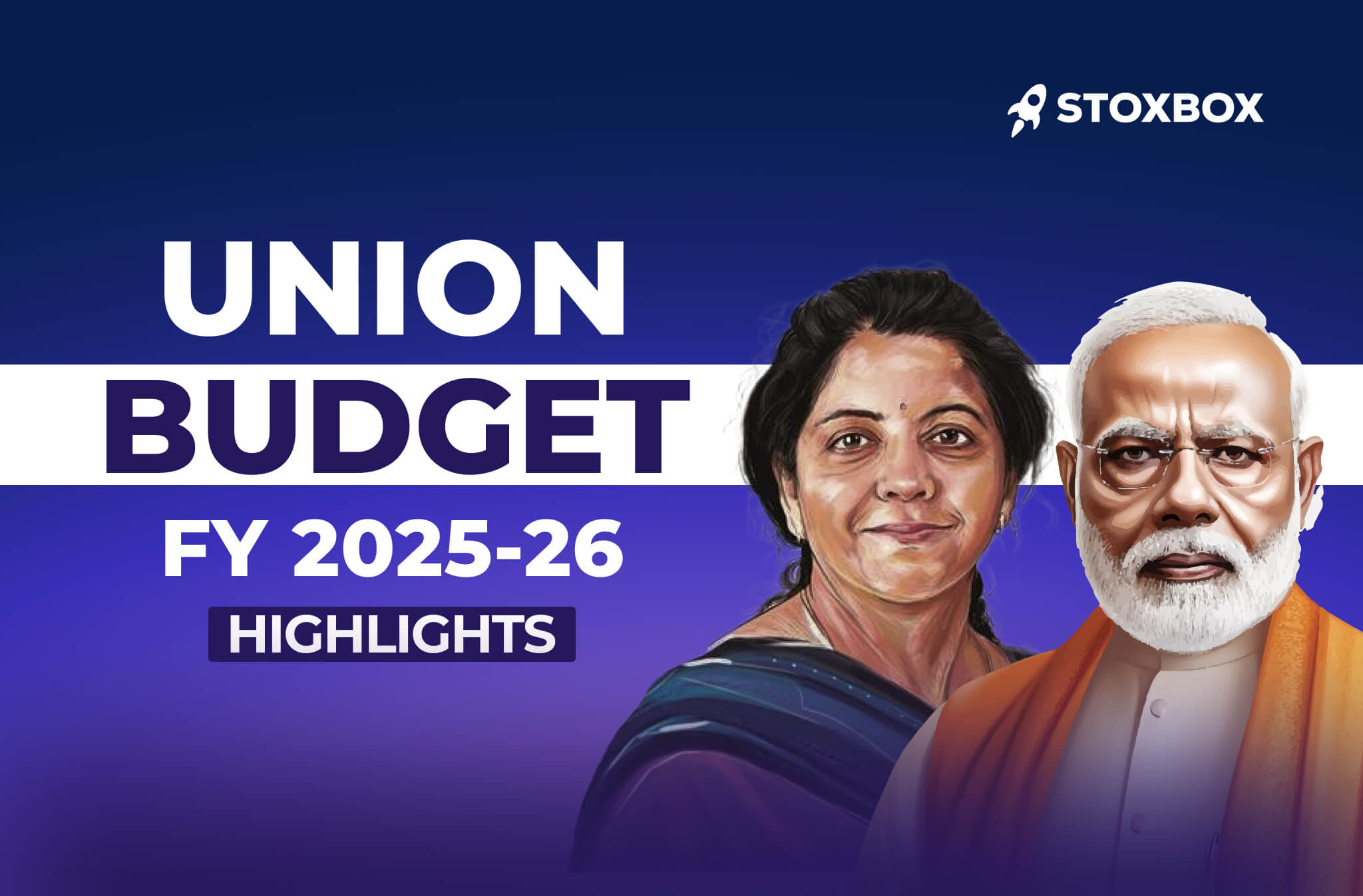PVs and 2Ws shine, while CVs and Tractors underperform
The two-wheeler market in India did really well, growing more than 20% compared to last year. This growth was helped by lower prices for electric two-wheelers, a strong wedding season, better sales in smaller towns and rural areas, and more demand for exports.
Hero MotoCorp’s sales went up by 19%, while TVS Motors led the way with a 33% increase, mainly because of a big jump in sales to other countries. Royal Enfield saw a 6% rise in sales, and Bajaj Auto’s sales increased by 25% because of strong demand for their new models and more sales in the western region before the Gudi Padwa festival.
Overall, sales were 10% higher than expected, with TVS standing out because of a lot of sales to other countries, possibly due to concerns about geopolitical issues like the Red Sea crisis. Hero MotoCorp did better than expected because of a recovery in demand for entry-level bikes and strong export growth, helped by the launch of two new models.
Bajaj Auto and Royal Enfield also did better than expected, with improved sales overseas. The demand for two-wheelers is expected to stay strong because of the wedding season and the need to replace older bikes, especially in the 125cc segment.
TVS also saw a 12% increase in sales of its IQube electric scooter from last year.
Passenger Vehicles
The car industry in India did well, with sales going up by 17% compared to last year. This was mainly because people really liked SUVs and companies were stocking up dealerships. Maruti Suzuki’s sales went up by 9%, mostly because of their SUVs, even though their smaller cars and sedans didn’t sell as well.
They still had a big share of the market, but it was a little less than last year. Tata Motors and Mahindra & Mahindra both saw good growth in sales, 19% and 40% respectively, thanks to their new car models.
Hyundai and Toyota also did well, with sales increasing by 7% and 52%. Maruti Suzuki did great in selling cars to other countries, reaching a record high of around 29,000 units. This shows that there’s a strong demand for their cars outside of India too.
Two Wheelers
The two-wheeler market in India did really well, growing more than 20% compared to last year. This growth was helped by lower prices for electric two-wheelers, a strong wedding season, better sales in smaller towns and rural areas, and more demand for exports.
Hero MotoCorp’s sales went up by 19%, while TVS Motors led the way with a 33% increase, mainly because of a big jump in sales to other countries. Royal Enfield saw a 6% rise in sales, and Bajaj Auto’s sales increased by 25% because of strong demand for their new models and more sales in the western region before the Gudi Padwa festival.
Overall, sales were 10% higher than expected, with TVS standing out because of a lot of sales to other countries, possibly due to concerns about geopolitical issues like the Red Sea crisis. Hero MotoCorp did better than expected because of a recovery in demand for entry-level bikes and strong export growth, helped by the launch of two new models.
Bajaj Auto and Royal Enfield also did better than expected, with improved sales overseas. The demand for two-wheelers is expected to stay strong because of the wedding season and the need to replace older bikes, especially in the 125cc segment. TVS also saw a 12% increase in sales of its IQube electric scooter from last year.
Commercial Vehicles
The commercial vehicle (CV) market in India saw steady sales compared to last year, with different results across different types of vehicles. Sales of Medium and Heavy Commercial Vehicles (MHCVs) slowed down because of the upcoming general elections and high interest rates.
However, sales of Light Commercial Vehicles (LCVs) started to pick up a bit. Overall, CV sales were better than expected, mostly because of strong LCV sales. Tata Motors did better than its competitor Ashok Leyland, mainly because it offered bigger discounts. The bus segment of MHCVs continued to do well because of more demand for public transport and the need to replace old buses.
The main factors that drive MHCV sales, like spending on infrastructure and profits for fleet operators, are still strong and should keep sales going in the next financial year, despite a temporary slowdown due to the elections.
Tata Motors saw a 4% drop in CV sales, with a big 21% drop in MHCV truck sales and a 4% drop in small commercial vehicle cargo sales. However, bus sales went up by 29%, and sales in the intermediate and light medium commercial vehicle segment increased by 14%. Ashok Leyland’s sales went down by 6%, while VECV saw a small 2.5% increase in sales.
Tractors
In February 2024, the tractor industry in India saw a significant drop in sales, with a decline of around 16-17% compared to last year.
This decrease was mainly due to less farming activity, especially in the southern and western parts of the country. The poor harvest from the kharif season and less planting for the rabi season also contributed to the lower sales.
However, there is hope for better sales in the coming months because of improved planting for the rabi season and predictions of normal rainfall for the year. Mahindra & Mahindra (M&M) and Escorts Kubota, two major companies in the industry, both experienced big drops in their tractor sales, with M&M’s sales down by 16% and Escorts’ sales down by 17%.
The overall decrease in tractor sales was also affected by the time of year and a comparison to a high sales period last year. Despite the current slowdown, tractor manufacturers are optimistic about future sales growth, expecting help from government incentives.
You might also Like.
Union Budget 2025-26 Impact on Sectors
Edit Announcement Impact Companies Enhancing the credit guarantee cover for...


